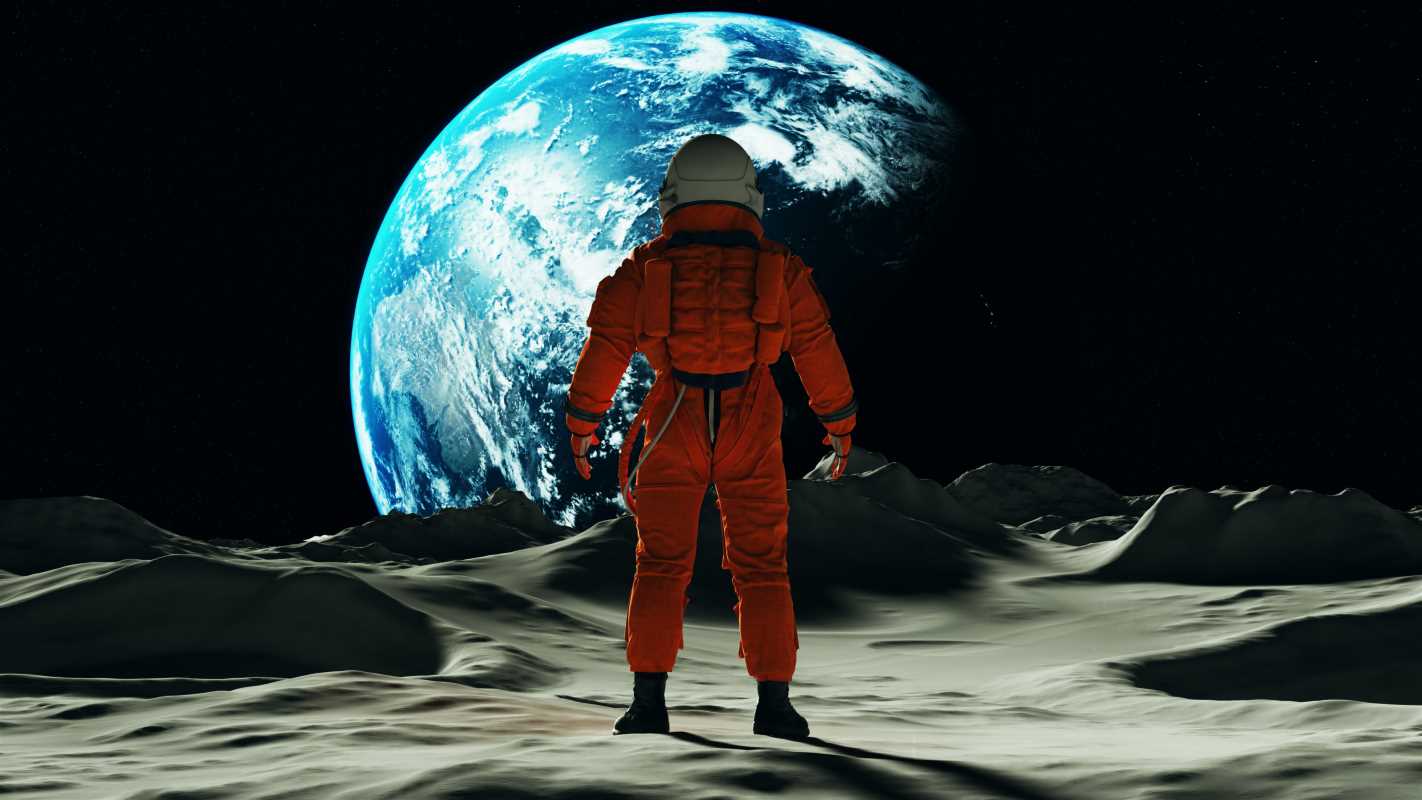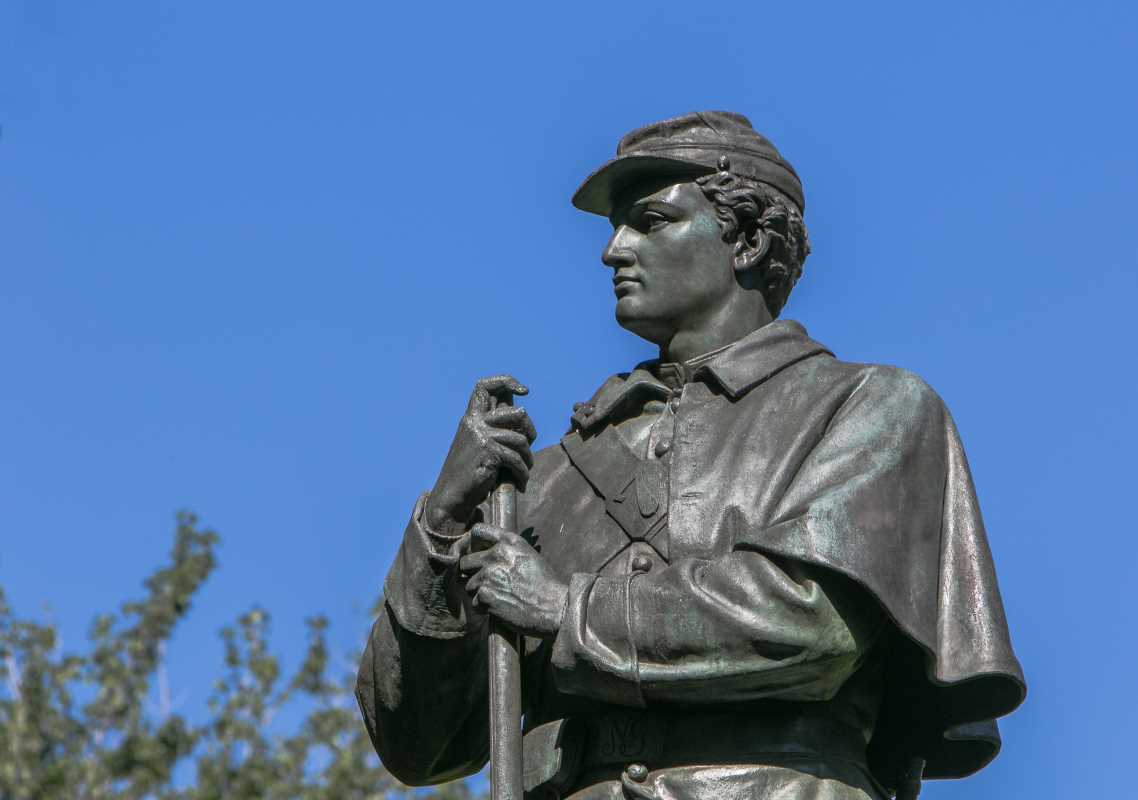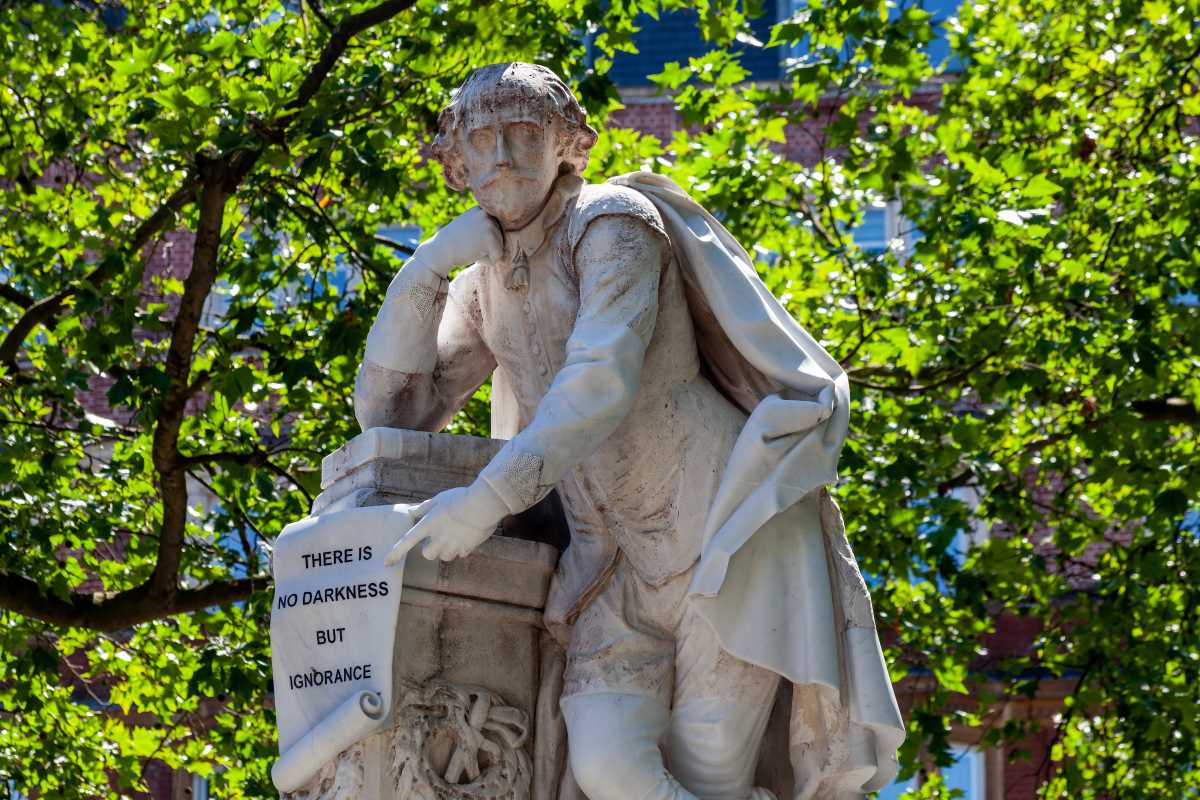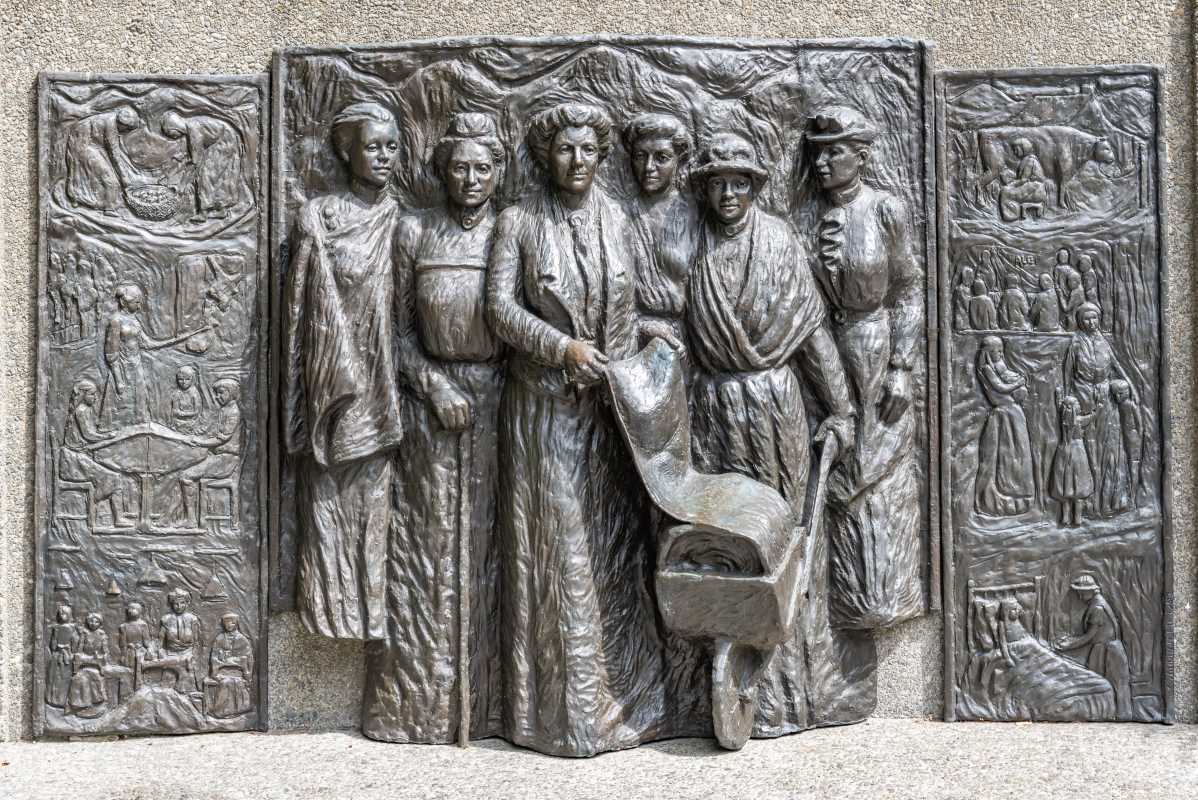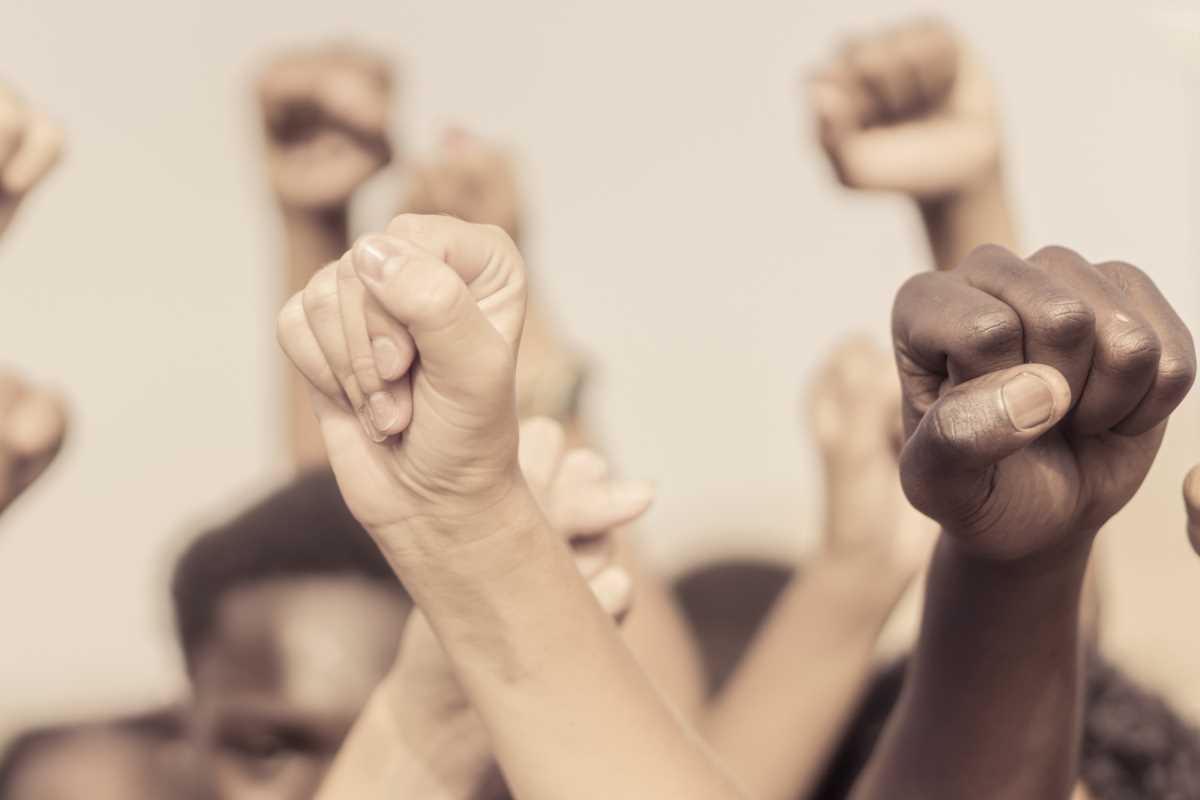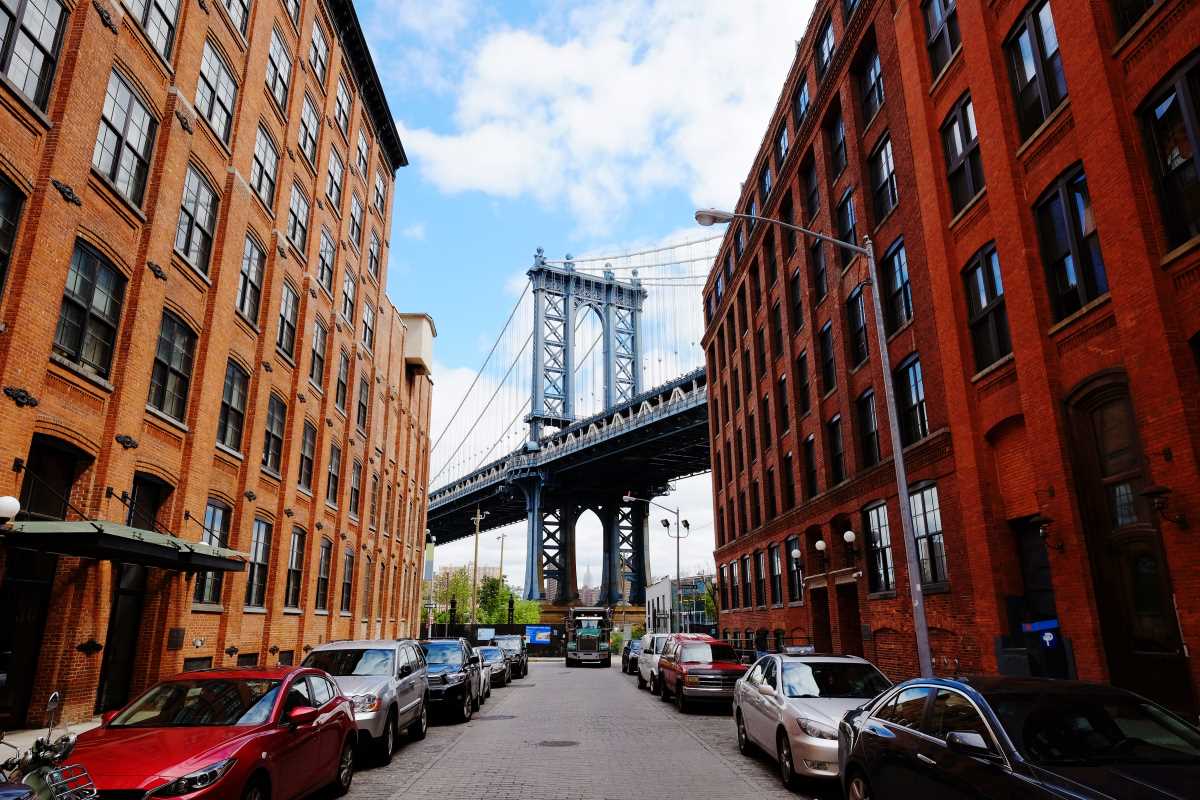World War II was filled with dramatic events, but few were as intense and impactful as the Battle of Stalingrad. This was more than just another battle; it became a symbol of resilience, sacrifice, and the enormous costs of war. Stalingrad held immense strategic value, and the result of the battle fought there shaped the entire course of the war. But how did this clash change everything? And why was it so important? Let's take a closer look at the key events and decisions that turned Stalingrad into one of the most significant moments in history.
Stalingrad, known today as Volgograd, was a major industrial city located along the Volga River. The city produced weapons and supplies for the Soviet war effort. But for Adolf Hitler and Nazi Germany, its significance went beyond industry. Stalingrad bore the name of Joseph Stalin, the leader of the Soviet Union. Capturing the city would be a huge psychological victory for Germany and a severe blow to Soviet morale.
Geographically, Stalingrad was also important. Taking control of the city would give the Germans access to the oil fields of the Caucasus to the south. These oil reserves were crucial for keeping German tanks, planes, and machinery running. To put it simply, Stalingrad was key to Nazi Germany’s plans for victory on the Eastern Front.
The German Offensive Begins
It all began in the summer of 1942. Hitler launched Operation Fall Blau, a plan to seize control of southern Russia and its valuable resources. Initially, the German forces moved swiftly, using their well-known "blitzkrieg" tactics to outmaneuver and surprise the Soviet army. By late August, the German 6th Army, led by General Friedrich Paulus, reached the outskirts of Stalingrad.
At first glance, victory seemed certain for the Germans. They had superior firepower and were advancing rapidly. But the Soviets were determined not to lose the city. Stalin issued an infamous order, "Not a step back!" Soldiers who even thought about retreating were threatened with execution. This policy may sound extreme, but it shows how desperately the Soviets wanted to protect Stalingrad.
The Brutal Urban Combat
When we think of battles in history, we often imagine open fields and advancing armies. But in Stalingrad, the fighting was different. It played out amid the ruins of the city. Bombing raids by the German Luftwaffe had turned much of Stalingrad into rubble, creating a twisted maze of destroyed buildings and twisted metal.
Soldiers fought street by street, house by house, and room by room. Every building became a fortress, and every block was contested. Some soldiers called this type of warfare "Rattenkrieg," or “rat war,” because it felt as though they were crawling through tunnels like rodents. Machine guns and grenades became the weapons of choice in close-quarters combat. And the Germans continued to push forward, but they couldn’t break the Soviet will to fight.
The Turning Point
By November 1942, the Germans controlled most of Stalingrad. It seemed like they were on the verge of victory. But then, the Soviets launched a daring counterattack, known as Operation Uranus, which would change everything.
Operation Uranus wasn’t aimed directly at the city itself. Instead, it targeted the weaker flanks of the German 6th Army, which were guarded by Axis-aligned forces like Romanians and Italians. These troops didn’t have the same level of training or equipment as the Germans, and the Soviets struck with overwhelming force. Within days, the German 6th Army was completely surrounded in Stalingrad.
This maneuver is often referred to as a “pincer movement,” where forces encircle the enemy like claws. For General Paulus and his troops, it was a disastrous situation. Trapped in the freezing cold with limited supplies, surrounded by a determined enemy, the German army was running out of options.
Life Inside the Encirclement
Conditions for the German soldiers trapped in the city were horrifying. Winter in Stalingrad was brutally cold, with temperatures plunging far below freezing. Food was scarce, and many soldiers resorted to eating horses or even stray animals to survive. Frostbite and disease swept through the ranks, claiming lives even before bullets did.
Meanwhile, Hitler refused to allow Paulus to attempt a breakout. He insisted that Stalingrad be held “at all costs.” Supplies were air-dropped to the German troops, but it wasn’t nearly enough to sustain their numbers. Soldiers began surrendering to the Soviets in small groups, though Paulus himself refused to give up.
The Soviets Claim Victory
On February 2, 1943, General Paulus and the remnants of the 6th Army finally surrendered. This marked the end of the Battle of Stalingrad. The defeat shattered the myth of Nazi invincibility, which had largely survived until this point in the war. For Hitler, it was a shocking blow because the entire 6th Army, which numbered over 300,000 at its height, had been effectively destroyed.
On the Soviet side, victory came at an enormous cost. It’s estimated that over a million Soviet soldiers and civilians lost their lives during the battle. Stalingrad was left in ruins, but it remained in Soviet hands.
The Battle of Stalingrad marked the beginning of the Nazi decline on the Eastern Front. After Stalingrad, the Soviets no longer fought defensively; they began pushing the Germans back, reclaiming territory as they advanced westward toward Berlin.
The psychological impact was massive as well. The seemingly unbeatable German war machine had been stopped, proving that Nazi Germany could be defeated. It also boosted Allied morale across the globe, giving hope to those fighting in other theaters of the war.
The city of Stalingrad was completely rebuilt after the war and renamed Volgograd in 1961. Today, it serves as a powerful symbol of Soviet resilience during one of the darkest times in history. Monuments like the towering Motherland Calls statue remind us of the sacrifices made by those who defended the city.
The Battle of Stalingrad teaches us about the extremes of human conflict. It’s a story of bravery and determination but also one of suffering and tragedy. By understanding moments like this, we can appreciate the enormous costs of war and why peaceful solutions are always worth striving for.
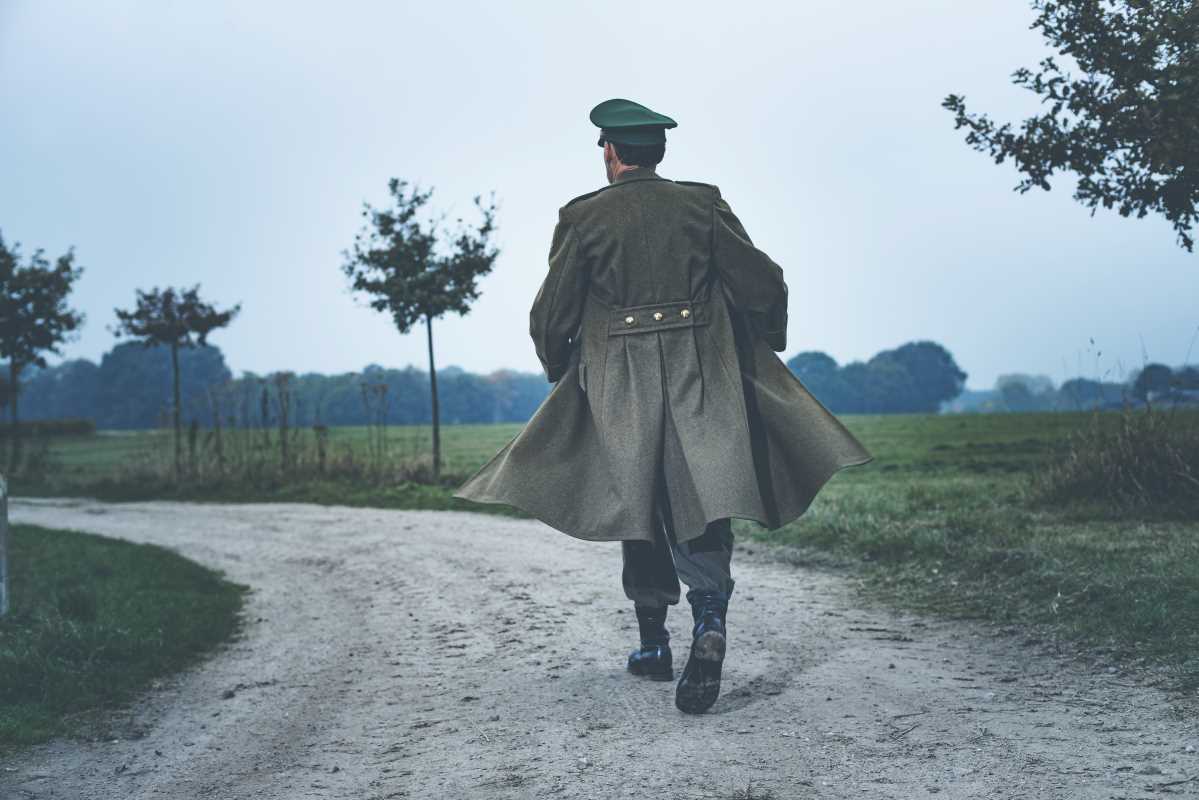 (Image via
(Image via
